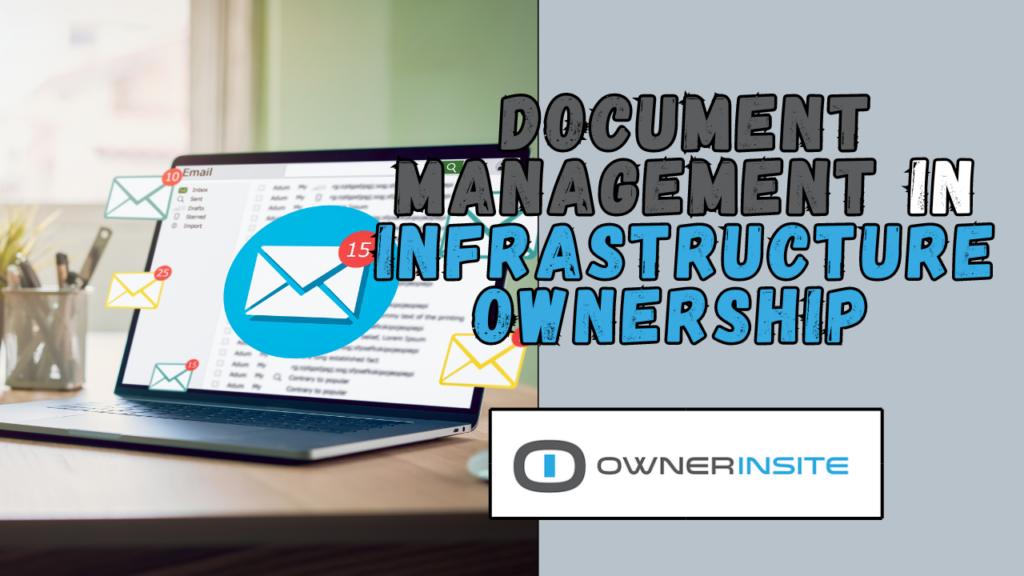Using Educational Best Practices to Inform Project Management
By Marc Schwarz
For school district administrators, there’s nothing more exciting than opening a new school. And, if we’re being completely honest, there’s also nothing more terrifying.
I remember a state-of-the-art middle school built by a former school district of mine. It was beautifully designed — exactly the kind of campus that every parent wants their child to attend. It should have been a crown jewel for the district and its leaders.
But construction delays kept it from opening on the first day of school. Its students were instead herded into portables hurriedly plopped down behind another nearby campus. There they spent a couple of months with spotty internet, hand-me-down classroom furniture, and no facilities of their own. Parents were understandably angry. And district leaders paid the price.
The reality is that construction project management tools are often intimidating to professional educators with no training or experience in construction. As a result, we tend to defer to the industry professionals we hire, especially architects and general contractors (GC). But in doing so we often lose visibility and oversight of the project, and run the risk of being blindsided by schedule delays and construction budget overruns.
And if that happens, remember that at the end of the project the industry folks walk away, leaving district leaders to deal with the consequences: children in suboptimal learning environments and an angry community looking for someone to blame.
I think we’re selling ourselves short. Sure, most school district leaders have been trained in curriculum and educational administration, not construction. But we still know a thing or two about complex, results-oriented processes. Let’s take a look at how district administrators can become more effective project owners by leveraging 3 principles regularly used in our instructional work.
Create a Detailed Scope & Sequence
Good course design requires the creation of a detailed scope and sequence that holds teachers accountable for what content should be taught and when. Building a school is no different. You need a construction workflow management plan that identifies tasks, details the person responsible, and sets deadlines. And just like we use varying levels of curriculum, from multi-year vertical alignments to semester-length horizontal alignments to multi-week unit plans to daily lesson plans, you should also be able to zoom in or out of your project plan based on role and timeframe.
Good construction project management software should give you the power to customize data views and reporting options. That includes (but isn’t limited to) the ability to drill down into your construction budget, track RFIs and submittals, and monitor schedules.
Insist on Regular Collaboration & Communication
Professional Learning Communities (PLCs) revolutionized instructional planning a generation ago, forcing teachers out of their classroom silos to collaborative plan lessons with their colleagues. Insist that your building project team use that same approach, and give them the construction project collaboration software they need to do so efficiently.
Clear communication protocols will help prevent blind spots and ensure accountability at all levels of the project, from owner to subcontractor. Choose construction project management software that allows you and your project managers to create and call attention to critical activities and milestones, as well as quickly notify team members of any shifts.
Use Frequent Assessment to Diagnose Intervention Opportunities
Obviously “assessment” means something very different to educators than it does to construction professionals. But whether you’re assessing a student’s learning or the life cycle of an HVAC system, the goal is the same: understanding where you are in order to inform what you should do. And just as it would be educational malpractice to wait to assess your students until a summative end-of-course test, you also can’t afford to wait until closeout to assess the condition of your construction project.
You need frequent, accurate data to be able to identify potential problems while there’s still time to act. That’s true whether it’s delays to your drywall delivery or a sudden shortage of subcontractor labor. And don’t rely on your GC to necessarily bring those issues to your attention, either. Instead, invest in construction project planning software that empowers you as the owner by signaling when milestones are missed or if the percentage spent on a project is out of alignment to the percentage completed. You can never eliminate risk . . . but if you see it coming early enough, you can often mitigate it significantly.
As a school district leader, more than anything you want to provide your students with the best education possible. Embracing your role as project owner, whether during construction or renovation, helps ensure that those students also have the best learning environment possible. With the right construction project management tools, like Owner Insite’s construction software developed especially for K-12 school districts, you don’t have to shy away from the challenge!




